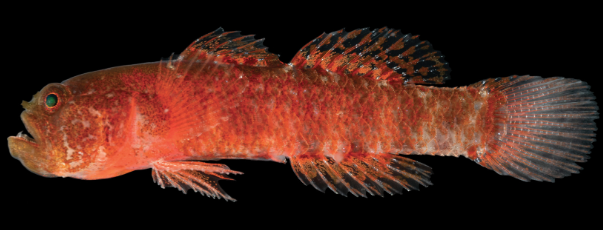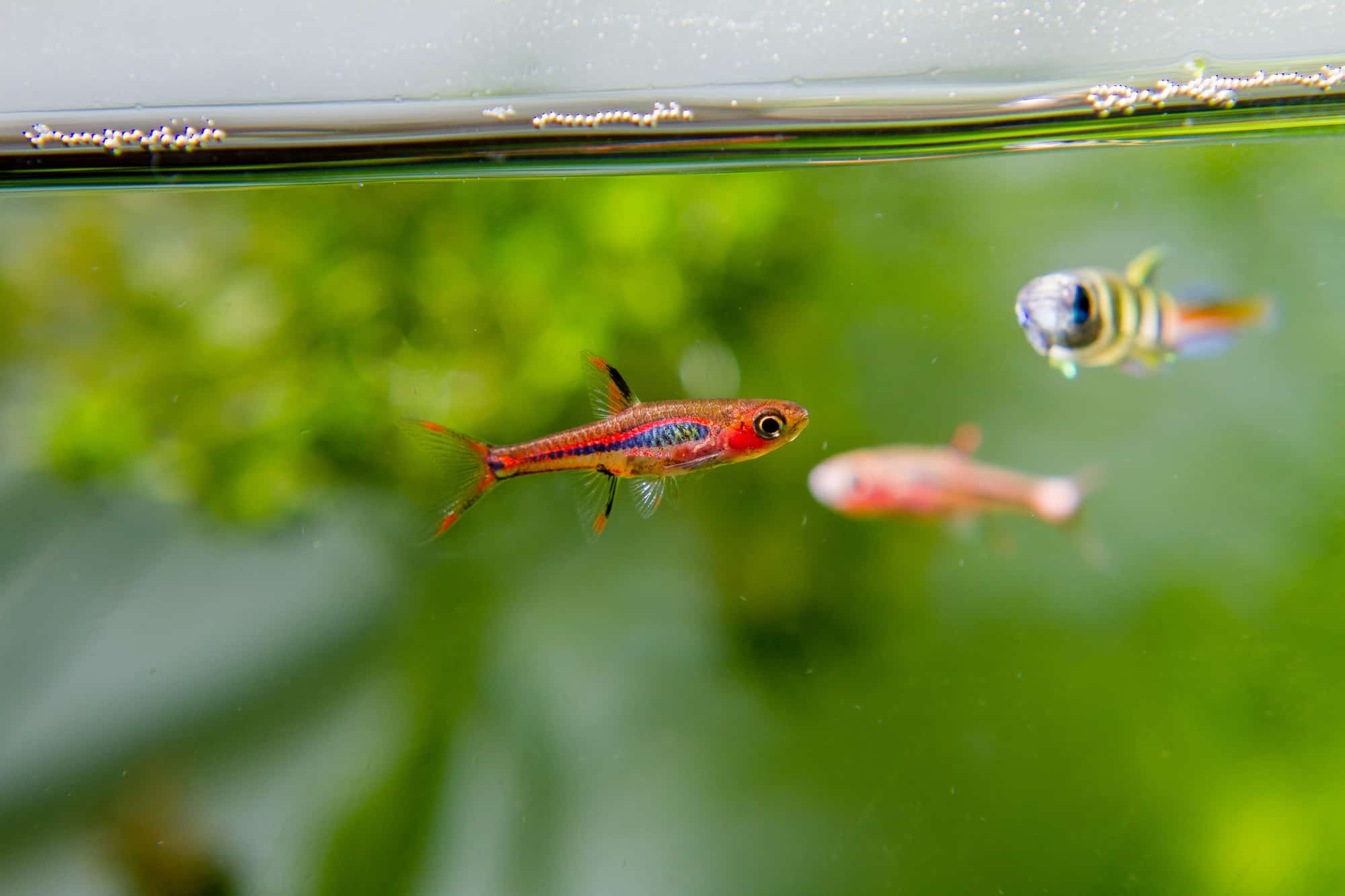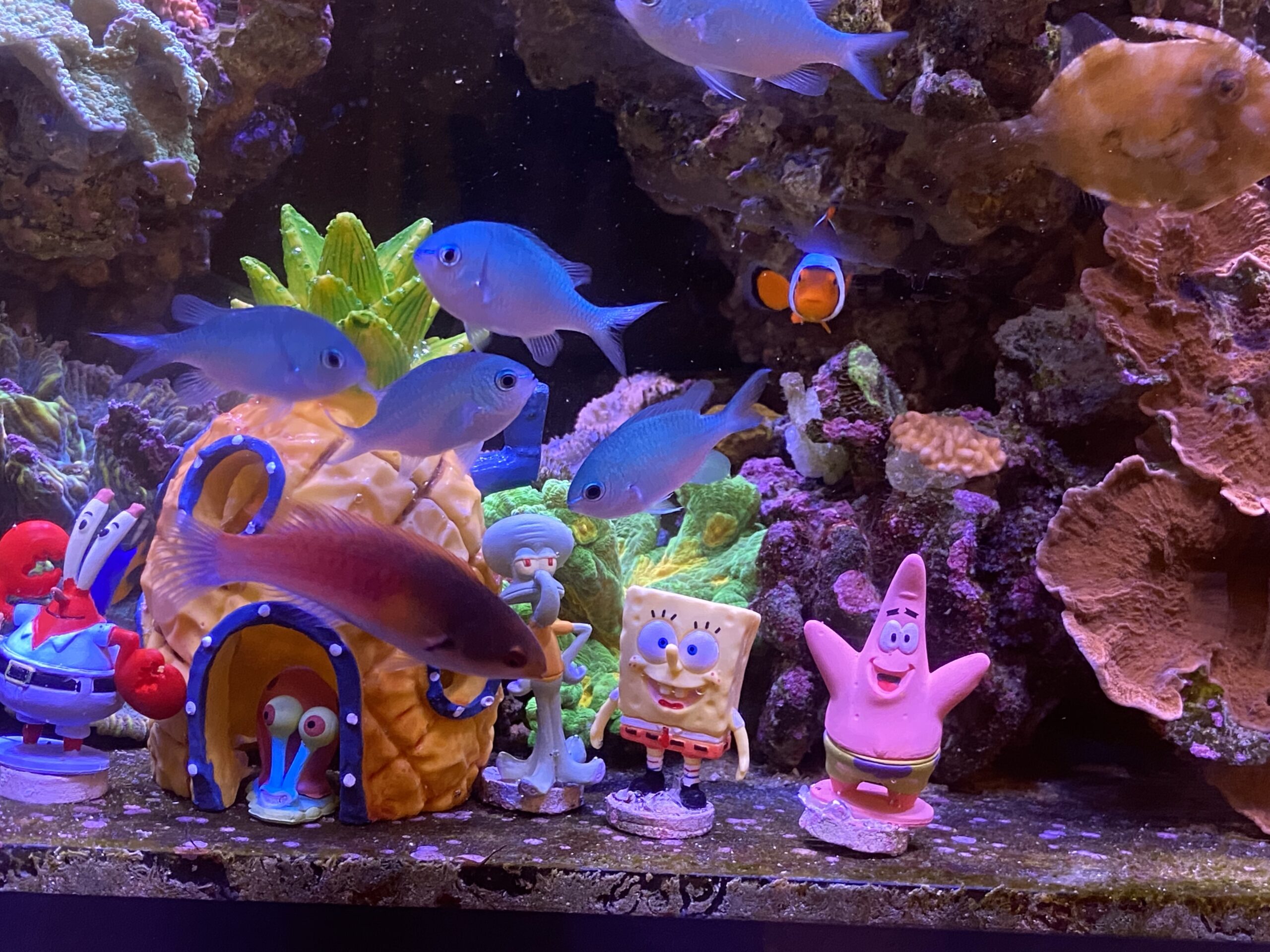Only a week has passed since researchers released exciting news announcing the discovery of a new fish species determined to belong to the Gobiidae family. The small fish, measuring 9 – 17 millimeters in length, was identified in the Red Sea, on the coast of Saudi Arabia. Despite its minuscule size, one glimpse into its face is sure to overwhelm one with either disgust or adoration, lending it the common name “The Grumpy Dwarf Goby”!
With the teeth of a saber-toothed-tiger and an expression seeming to indicate it needs a morning coffee, The Grumpy Dwarf Goby (scientific name Sueviota aethon) has quite an eye-catching appearance. It’s also precisely due to this appearance that the species was awarded such a memorable common name.
With an upturned mouth and two large canine teeth protruding from both the upper and lower jaws, the name “Grumpy Dwarf Goby” seems to offer an accurate enough description to practically envision the fish without the need for a picture. This odd appearance may be explained in part by its preference for overhangs, and small caves, and its tendency to be found near crevices or similar structures.
Despite the dim light one would expect to find in these areas, one of the distinguishing morphological characteristics of the species is the complete absence of cephalic sensory canals and pores. Due to the great importance of these organs for the detection of potential predators, capture of food, and the critical role in sensing movement for fish dwelling in low-light habitats, this is a surprising morphological trait.
The first specimen was collected in 2022 while divers were conducting a reef fish biodiversity survey. Oddly, researchers did not observe or collect the fish under typical circumstances, but instead after it emerged from a cave while still anesthetized from exposure to clove oil at a depth of approximately 30 meters.
Just months later, the same diver took note of another small, dark red goby similar in appearance, followed by the authors of the research report being shown yet another goby eerily similar in appearance, although this specimen was reported to have been collected much deeper than others.
A year following the collection of another single specimen in mid-2023, 7 more fish, believed to be an unidentified species, were collected. Afterward, 10 fish underwent both COI fragment amplification and morphological inspection to formally verify that this was indeed a new species. It was classified as a member of the Sueviota genus which is now composed of just 9 members.
Believed to be endemic to the Red Sea, the species is considered rare due to the collection of only 10 specimens in total, all of which were found between 10 and 30 meters. Only one specimen collected during a separate expedition was reported to be found at a depth of 53 meters. Due to the location of the gobies, they appear to strongly favor the protection offered by small caves and crevices, which isn’t surprising considering their diminutive size.
Closely related to species of the Eviota genus, this species in addition to the previously identified 8 members of the Sueviota genus, possess many similar characteristics such as morphology, distribution, and ecology, among other, more subtle similarities. In fact, the phylogenetic relationship between the two genera is currently under evaluation, with researchers believing some species may be reclassified, including the Grumpy Dwarf Goby.
Citation
Nunes Peinemann V, Pombo-Ayora L, Tornabene L, Berumen ML (2024) The Grumpy dwarfgoby, a new species of Sueviota (Teleostei, Gobiidae) from the Red Sea. ZooKeys 1212: 17-28. https://doi.org/10.3897/zookeys.1212.121135
About the author
Malcolm Gray Levison is an avid diver, reef-keeping hobbyist, and dive photographer who takes great joy in sharing his experiences with others through his writing. He also possesses a true passion for studying the biology and ecology of coral reefs and desires to contribute to the conservation of these fragile ecosystems. www.youtube.com/@IntoTheBlueAndBeyond



